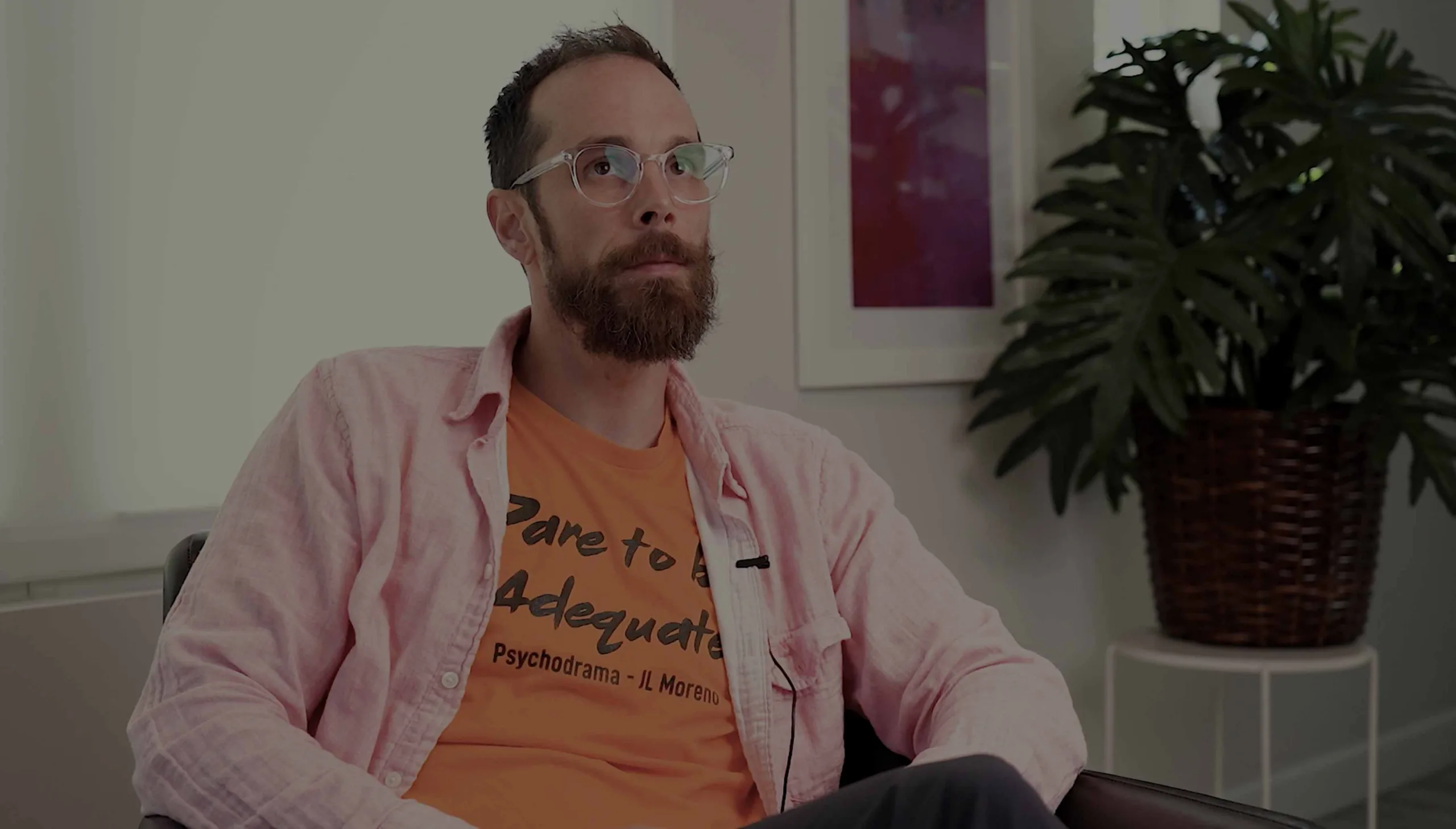Comprehensive Recovery Through Trauma Therapy
and Dual Diagnosis Treatment in West Palm Beach
PTSD Therapy Abandonment Therapy Sexual Trauma Therapy Childhood Trauma Therapy Types of Trauma
Beachway takes a holistic approach to trauma therapy and addiction recovery treatment. By combining our serene setting with trauma therapy in West Palm Beach, we create an environment conducive to healing through individual and group therapies. We combine evidence-based therapy treatments with community support and access to nature to help patients overcome their traumas, break the cycle of addiction, and reintegrate with the world from a happier, healthier perspective.
Understanding the Trauma-Addiction Connection: PTSD and Research consistently shows that the majority of individuals seeking addiction treatment have trauma histories, with studies indicating rates between 55-90% depending on the population studied. Traumatic events—such as abuse, natural disasters, sudden loss of a loved one, or witnessing violence— can be devastating for those who experience them. These experiences often become the underlying foundation for substance use disorders, mental health conditions, and destructive behavioral patterns. No two people experience trauma the same way, which is why Beachway addresses each person’s unique trauma and addiction history with individualized dual diagnosis and trauma therapy treatment plans led by compassionate therapists.


How Beachway Treats Trauma and Addiction in West Palm Beach, FL
Understanding the Legacy of Trauma and Its Role in Addiction
Beachway’s Trauma Resolution Program, operated in our trauma rehab and dual diagnosis center in West Palm Beach, Florida, treats the symptoms left behind by the legacy of trauma. These symptoms are left over from adverse, less-than-nurturing experiences and often manifest as substance use disorders, behavioral addictions, and mental health conditions. Our comprehensive approach recognizes that trauma doesn’t just hinder a person’s ability to connect with themselves and others — it frequently drives them toward unhealthy coping mechanisms including alcohol, drugs, and destructive behaviors.
Trauma as the Root of Addiction: Breaking the Cycle
Many individuals struggling with addiction find that unresolved trauma is at the core of their substance use. Our trauma therapy in West Palm Beach addresses both the addiction and underlying trauma simultaneously, recognizing that lasting recovery requires healing both conditions. By treating trauma as the foundation of addictive behaviors, we help patients develop healthy coping mechanisms that replace the need for substances, thus helping to reduce relapse risk.
A Safe and Structured Group Therapy Model for Dual Recovery
Our trauma groups meet three times per week for a total of at least 10 hours of trauma group therapy per week — which doesn’t include time with an individual primary therapist or other trauma-centered and addiction recovery groups. Trauma and dual diagnosis participants remain in this program for 4 to 6 weeks, and most admitting participants require a stabilization period of 1-2 weeks before admission. Our primary concern is the safety and well-being of individuals entering the program — and those already in the trauma therapy groups. We believe trauma doesn’t heal in solitude and that the power of the group, combined with peer support from others in recovery, can assist with compassion, empathy, and connection while building a foundation for long-term sobriety.

Individualized Care Guided by Trauma and Addiction Experts
Beachway’s integrated Trauma and Addiction Recovery Team uses trauma resolution-based assignments, psychodrama, experiential techniques, psychoeducation, challenging behaviors that no longer serve recovery goals, somatic healing, and other diverse, evidence-based trauma therapy and addiction treatment modalities. Our multidisciplinary approach ensures that both trauma and substance use disorders are addressed comprehensively.
Personalized Healing Through Proven Trauma and Recovery Therapies
We assist and guide individuals toward finding a path of healing, integration, and whole-hearted connection with themselves and others while building sustainable recovery skills. Beachway believes every person’s trauma and addiction experience is unique, and so is their treatment experience. Whether trauma processing occurs in a group setting, through individual therapeutic practices, or in conjunction with addiction recovery programming, each individual journey is guided by an experienced team of trauma-trained and addiction recovery professionals.
The Power of Group Support in Trauma Recovery and Addiction Healing
Research has shown that individuals who don’t work through their experienced traumas and underlying addiction issues through both body and mind treatment models will continue to struggle with not fully understanding what has happened and what’s still perpetuating their disconnection from themselves, others, and healthy coping mechanisms. Peer support from others who understand both trauma and addiction creates a powerful foundation for sustained recovery.
Uncovering the Roots Behind Trauma-Driven Addictive Behaviors
Something we consider and observe in our trauma and addiction clients is that as the trauma unfolds, the addictive behaviors will make sense. We help individuals gain an understanding that substance abuse, behavioral addictions, sex and love addiction, the emotional void or emotion-seeking partnerships, lack of romantic desires, feelings of being unloved and not good enough, dysregulated nervous systems, negative core beliefs, extreme bouts of anxiety, depressive-like symptoms, PTSD, and other process addictions and behaviors that hinder them from feeling whole-hearted and connected are quite literally symptoms of unresolved trauma that have been medicated through addictive substances and behaviors.

Advanced Trauma Recovery and Addiction Treatment Techniques in Florida
We use several proven holistic techniques to assist with trauma processing, addiction recovery, and dual diagnosis treatment, including:
Eye Movement Desensitization and Reprocessing (EMDR): EMDR is a technique that involves moving your eyes in certain ways while processing traumatic memories and addiction triggers. This type of therapy involves changing the thoughts, emotions, and behaviors resulting from trauma to help your brain heal naturally while building resilience against relapse triggers. It’s one of the best ways to process trauma in early recovery and is used extensively for those with PTSD and substance use disorders.
Psychodrama: Psychodrama therapy allows individuals to express their emotions in a safe environment by creating a dramatic production. Participants reenact memories of traumatic moments and addiction triggers to encourage emotional processing, insight, and the development of healthy coping strategies that support long-term recovery.
Art Therapy: Artistic expression allows individuals to process deep emotions related to both trauma and addiction. Art therapy combines psychotherapy with self-expression and exploration to help individuals express things they may struggle to say out loud, including feelings about their addiction, shame, and path to recovery.
Somatic Breathwork: This holistic practice makes use of the connection between the mind and body through breath, particularly important for those whose nervous systems have been dysregulated by both trauma and substance use. By engaging in breathing exercises, individuals become empowered to reduce stress, manage cravings, and encourage emotional healing while building tools for addiction recovery.
Equine Therapy: Equine therapy involves working with horses in therapeutic settings. It can help build emotional awareness, confidence, self-respect and self-esteem, and trust—all crucial elements for both trauma recovery and addiction healing. By spending time and building a relationship with horses, individuals can also reduce the sense of loneliness or isolation without having to build relationships with other people until they become more confident in their recovery journey.
Regardless of a patient’s past experiences with trauma or addiction, or which therapies they enter, each person gets an individualized dual diagnosis therapy plan. Therapists at Beachway assess each patient, allowing them to tailor therapies to specifically address their unique history of trauma, substance use patterns, and recovery goals.
Psychoeducational opportunities, such as workshops, introduce patients to the science behind their reactions, experiences, and addiction patterns. Participants learn more about common trauma responses, how trauma impacts the brain and body, and how these changes contribute to addictive behaviors and relapse risk.
Although thought of as separate, the mind and body are two parts of the same coin. In individuals with trauma and addiction, both can become stuck in the “there and then” instead of focusing on the “here and now” of recovery. Becoming aware of this connection between the mind, body, and addiction helps people heal by letting them explore themselves and the world around them safely. As they become curious, they can safely explore the past while building skills for their recovery future. Techniques that engage the body, such as somatic breathwork or polyvagal-informed techniques, help patients slowly become unstuck in the past, embrace the present moment, and build resilience against future triggers.
Explore the Holistic Techniques We Use to Support Trauma Recovery and Addiction Healing

Dual Diagnosis Treatment: Trauma Therapy and Addiction Treatment in West Palm, FL Beach Awaits
The journey to trauma recovery and addiction healing can be long and arduous, but it doesn’t have to be done alone. With the help of a team of compassionate providers who understand the complex relationship between trauma and addiction, a better tomorrow awaits.
To join our journey to integrated recovery, contact us today.








